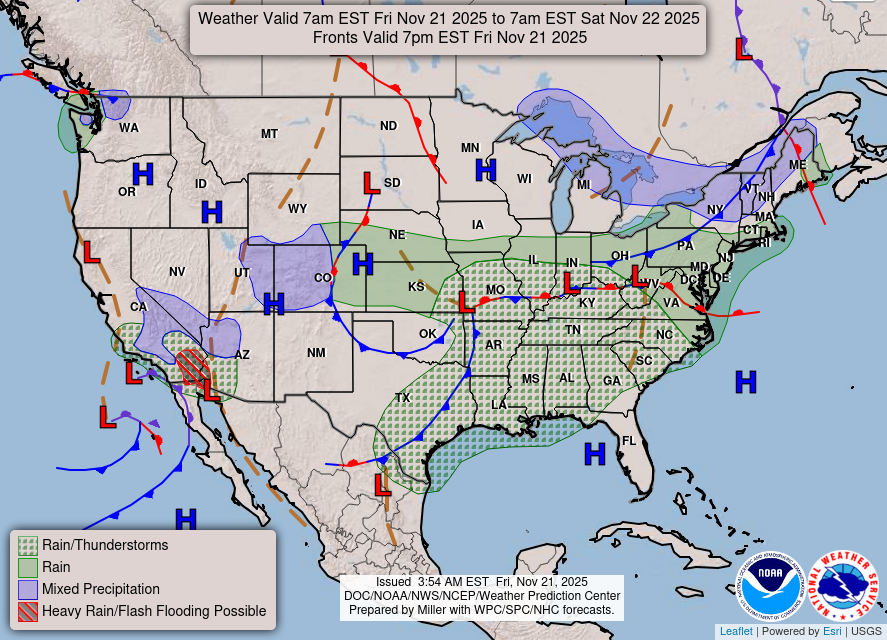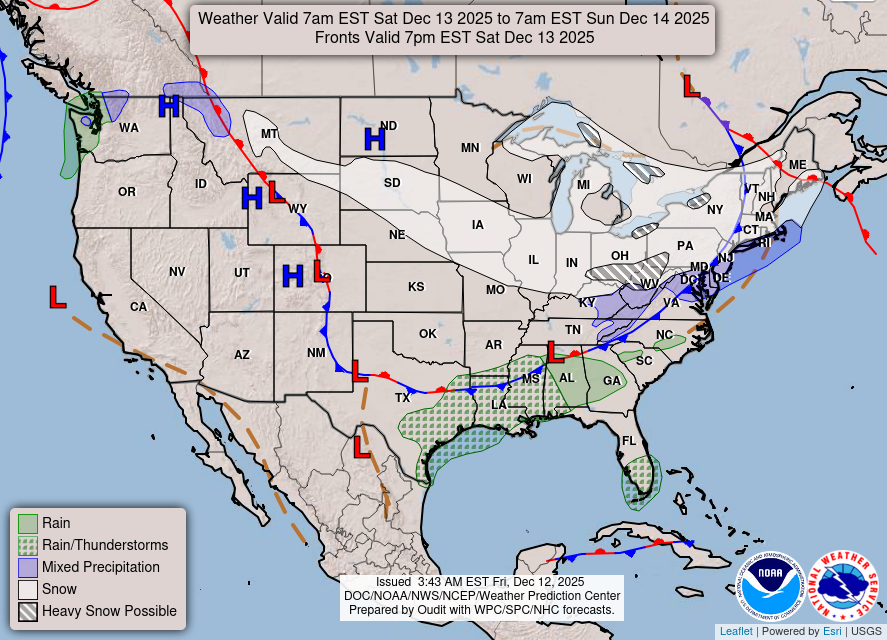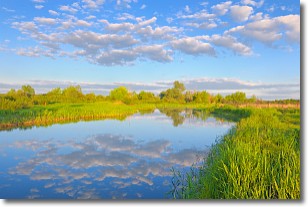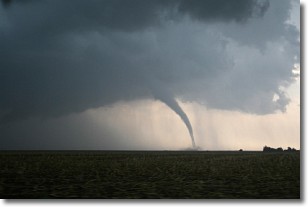Weather Alerts for Oregon
1. Winter Storm Warning for: Central Douglas County
2. Winter Storm Warning for: Eastern Curry County and Josephine County
3. Winter Storm Warning for: Foothills of the Northern Blue Mountains of Oregon; Foothills of the Blue Mountains of Washington
4. Winter Storm Warning for: North Oregon Coast Range; Central Oregon Coast Range; Willapa Hills
5. Winter Storm Warning for: Ochoco-John Day Highlands
6. Winter Storm Warning for: Wallowa County
7. Winter Weather Advisory for: Central Douglas County
8. Winter Weather Advisory for: Clatsop County Coast; Tillamook County Coast; Central Coast of Oregon; North Oregon Coast Range Lowlands; Central Oregon Coast Range Lowlands; South Washington Coast; Willapa and Wahkiakum Lowlands
9. Winter Weather Advisory for: East Slopes of the Oregon Cascades
10. Winter Weather Advisory for: Eastern Curry County and Josephine County
11. Winter Weather Advisory for: Eastern Douglas County Foothills; South Central Oregon Cascades
12. Winter Weather Advisory for: Grande Ronde Valley
13. Winter Weather Advisory for: Harney County
14. Winter Weather Advisory for: Jackson County
15. Winter Weather Advisory for: John Day Basin; Foothills of the Southern Blue Mountains of Oregon; Central Oregon
16. Winter Weather Advisory for: Klamath Basin; Northern and Eastern Klamath County and Western Lake County
17. Winter Weather Advisory for: Lower Columbia Basin of Oregon
18. Winter Weather Advisory for: Lower Columbia River; Tualatin Valley; West Hills and Chehalem Mountains; Inner Portland Metro; East Portland Metro; West Central Willamette Valley; East Central Willamette Valley; Benton County Lowlands; Linn County Lowlands; Lane County Lowlands; Cowlitz County Lowlands; North Clark County Lowlands; Inner Vancouver Metro; East Clark County Lowlands
19. Winter Weather Advisory for: North Oregon Cascades; Cascades of Marion and Linn Counties; Cascades of Lane County; South Washington Cascades
20. Winter Weather Advisory for: Northern Blue Mountains of Oregon; Southern Blue Mountains of Oregon; Northwest Blue Mountains
21. Winter Weather Advisory for: Outer Southeast Portland Metro
22. Winter Weather Advisory for: Siskiyou Mountains and Southern Oregon Cascades
23. Winter Weather Advisory for: South Central Oregon Coast; Curry County Coast
24. Winter Weather Advisory for: West Columbia River Gorge I-84 Corridor; Upper Hood River Valley; Central Columbia River Gorge I-84 Corridor; West Columbia River Gorge - SR 14; Central Columbia River Gorge - SR 14
25. Winter Weather Advisory for: West Columbia River Gorge of Oregon above 500 ft; Clackamas County Cascade Foothills; Cascade Foothills of Marion and Linn Counties; Lane County Cascade Foothills; South Washington Cascade Foothills
Want more detail? Get the Complete 7 Day and Night Detailed Forecast!
Current U.S. National Radar--Current
The Current National Weather Radar is shown below with a UTC Time (subtract 5 hours from UTC to get Eastern Time).

National Weather Forecast--Current
The Current National Weather Forecast and National Weather Map are shown below.

National Weather Forecast for Tomorrow
Tomorrow National Weather Forecast and Tomorrow National Weather Map are show below.

North America Water Vapor (Moisture)
This map shows recent moisture content over North America. Bright and colored areas show high moisture (ie, clouds); brown indicates very little moisture present; black indicates no moisture.

Weather Topic: What are Stratocumulus Clouds?
Home - Education - Cloud Types - Stratocumulus Clouds
 Next Topic: Stratus Clouds
Next Topic: Stratus Clouds
Stratocumulus clouds are similar to altocumulus clouds in their
fluffy appearance, but have a slightly darker shade due to their additional mass.
A good way to distinguish the two cloud types is to hold your hand out and measure
the size of an individual cloud; if it is the size of your thumb it is generally
an altocumulus cloud, if it is the size of your hand it is generally a
stratocumulus cloud.
It is uncommon for stratocumulus clouds to produce precipitation, but if they do
it is usually a light rain or snow.
Next Topic: Stratus Clouds
Weather Topic: What are Wall Clouds?
Home - Education - Cloud Types - Wall Clouds
 Next Topic: Altocumulus Clouds
Next Topic: Altocumulus Clouds
A wall cloud forms underneath the base of a cumulonimbus cloud,
and can be a hotbed for deadly tornadoes.
Wall clouds are formed by air flowing into the cumulonimbus clouds, which can
result in the wall cloud descending from the base of the cumulonimbus cloud, or
rising fractus clouds which join to the base of the storm cloud as the wall cloud
takes shape.
Wall clouds can be very large, and in the Northern Hemisphere they generally
form at the southern edge of cumulonimbus clouds.
Next Topic: Altocumulus Clouds




